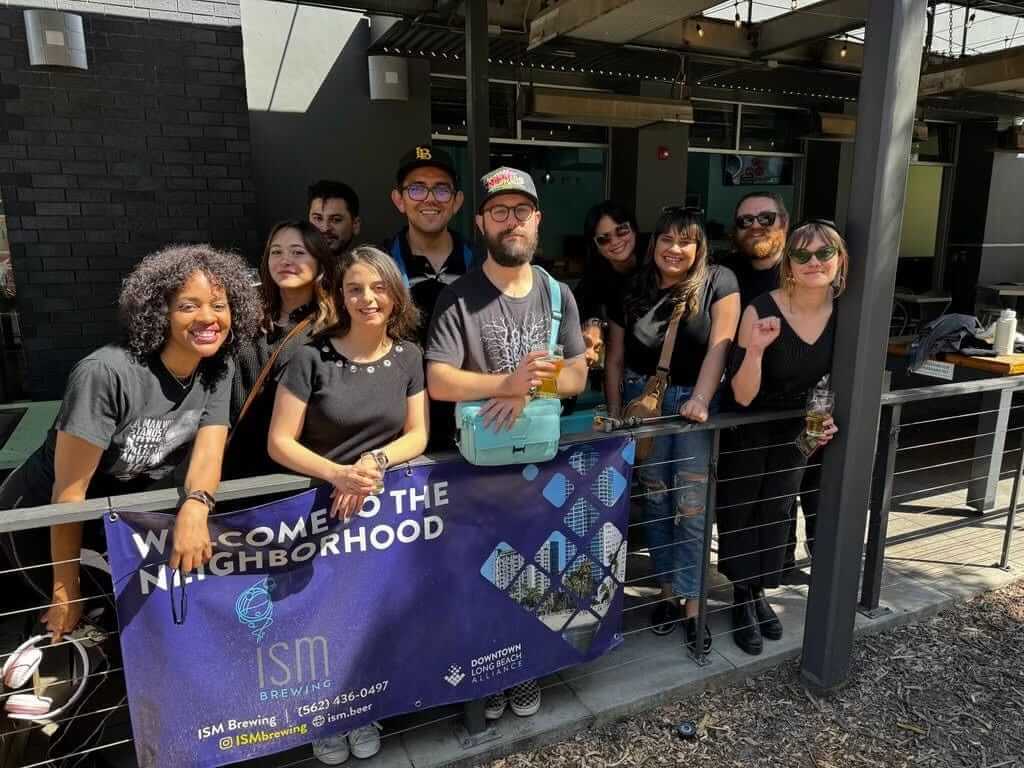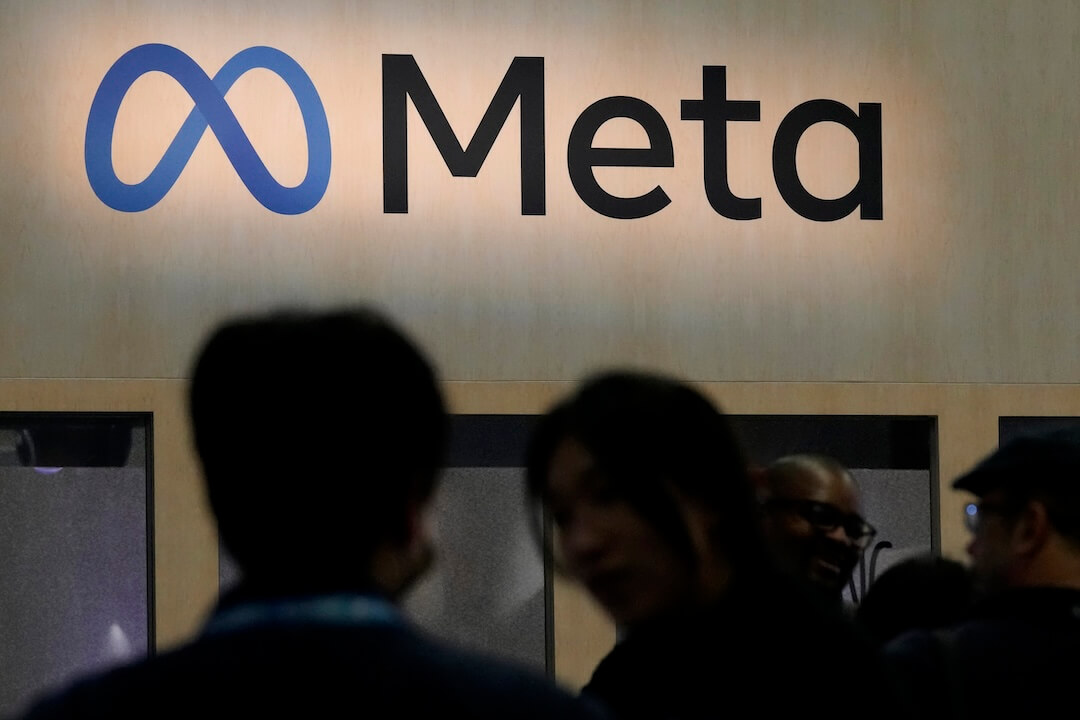 Covering COVID-19 is a daily Poynter briefing of story ideas about the coronavirus and other timely topics for journalists, written by senior faculty Al Tompkins. Sign up here to have it delivered to your inbox every weekday morning.
Covering COVID-19 is a daily Poynter briefing of story ideas about the coronavirus and other timely topics for journalists, written by senior faculty Al Tompkins. Sign up here to have it delivered to your inbox every weekday morning.
A “bear market” occurs when stock market indexes fall 20% from their highs. On Monday, that happened. Today could be another unsettling day.
Investors are jittery because the Federal Reserve Board will likely raise interest rates again tomorrow to try to cool inflation. Wall Street was buzzing with speculation that the Fed might raise rates .75%, which would be more than most people predicted a week or two ago. But that was before last week’s disturbing inflation figures.
Travel industry stock, including airlines and cruise ship lines, saw stocks decline 10% or more in a single trading day as fuel prices rise and travelers become more worried about rising ticket prices.
Home mortgage interest rates are rising again this week, now at levels not seen since the 2018 recession. Home sales are slowing.
No bail required for jailed immigrants
The U.S. Supreme Court ruled that immigration judges are not compelled by federal law to consider whether immigrants may be released while their cases make their way through the legal system. It means thousands of immigrants may sit in jail without the possibility of bail. It will clog local jails that were not designed for long-term lockups. Justice Sonia Sotomayor wrote for the majority opinion that there is nothing in federal law that prevents a judge from holding a bail hearing for jailed immigrants but that it is not required. Read the ruling here.
Ohio arms teachers who only have 24 hours of training
Ohio Gov. Mike DeWine signed a bill into law that allows public school teachers to carry weapons in a classroom after getting 24 hours of training. Until now, the state required 700 hours of training to be allowed to carry a weapon in a school.
DeWine campaigned for gun restrictions after a mass shooting in Dayton in 2019 but calls this law a way to “harden” schools against intruders. The Ohio Federation of Teachers and Ohio Education Association both pushed DeWine to veto the bill.
At least three U.S. states — Alabama, Oregon and Utah — let anyone with a concealed-carry permit bring a gun into a K–12 school, according to the National Conference of State Legislatures.
It’s part of a patchwork of policies about guns on campus, with varying levels of training and licensing requirements. All but a handful of states allow law enforcement to bring guns onto school grounds. But from there, the laws diverge.
In at least 18 states, school authorities can allow anyone they choose to carry a gun on campus in some cases, according to the NCSL.
How COVID-19 killed sick days
Some day you will tell your grandchildren about a time when people got sick, stayed home and didn’t work. “We called them sick days,” you will explain. But now, American workers stay home when they are sick and keep working remotely. COVID-19 killed the sick day.
The New York Times wrote the obituary, explaining:
Over 100 other countries guarantee some form of paid sick leave. In the United States, a survey of 3,600 hourly workers this spring found that two-thirds of those who had been sick with Covid or other illnesses went to work while sick, according to the Shift Project at Harvard, a research project on work scheduling. Many of them cited fear of getting in trouble with their managers, or financial pressures.
Some 33 million Americans don’t have paid sick leave. Low-income workers are far less likely to be able to take time off when they’re sick; just over half of people in the bottom quarter of wages get paid sick leave, compared to 94 percent in the top quarter.
A survey of large employers, by Mercer, found that non-hourly workers used just half of their sick days in 2021. This number was virtually unchanged from before the pandemic, in 2018, which Mercer analysts attribute partly to the prevalence of sick people working from home. In other words, for some people Covid did away with the sick day instead of reinforcing it.
“There is this culture that everyone around you is working, so you feel obliged to go along with it,” Mr. Fitzgerald said. “The most important value in America seems to be how much money is in your bank account, and I think that’s what drives so much of working through sickness.”
More than one person a day is shot in road rage incidents in the US
I had just read this report from Everytown for Gun Safety Support Fund and was on my way home from the office when a driver in the lane beside me started screaming to be let into the lane I was driving in. He waved his arms out his window and honked the horn of his white Volvo. I let him in, of course. He sped away. I never figured out why he was so angry.
It was on my mind that this new data shows that road rage in the U.S. has reached such a level that 44 people a month — more than one a day on average — are shot and killed or injured in road rage incidences. It is a new record for such craziness.
Researchers say, “New Mexico, Texas, Arizona, Wisconsin and Tennessee had the highest rates of people shot in road rage incidents in 2021.” The report notes, “In the past year, road rage shootings have soared to unprecedented numbers. In fact, in 2021, a person was shot and either wounded or killed in a road rage incident every 17 hours. Texas tied for the second highest rate of people shot in road rage incidents in the country which resulted in 133 injuries and deaths — among the worst in the country.” Everytown notes:
- Nearly two-thirds of road rage incidents resulted in injury or death – which is up from one-third between 2016-2019.
- The monthly average number of people shot and killed or wounded in road rage incidents involving a gun has doubled from 22 deaths and injuries per month prior to the pandemic to 44 in 2021.
- In 2016 thru 2019, under 300 people each of these years were shot and wounded or killed in a road rage incident, but in 2021, there were over 500 people shot and wounded or killed, which is the highest level in six years.
2022: The return of the city dweller
During the early years of the pandemic, lots of cities watched people move out of town. In most cases, they are coming back and, in some cases, like New York City, they are coming back faster than they left. New York City lost population during the pandemic but Bloomberg data shows it is coming back faster than it lost people.
You can explore the Bloomberg data by clicking on the graphic, which contains flow trends for New York City, San Francisco, Phoenix, Dallas, Atlanta, Houston, Detroit, Seattle, Miami, Boston, D.C., Chicago and Los Angeles.
Floods close Yellowstone
Just as tourists would normally be flocking to Yellowstone National Park, the U.S. Parks Service closed every entry because of flooding. The park may be closed for “a substantial amount of time,” the National Park Service said. Officials said unprecedented rainfall caused flooding, rockslides and mudslides.
Correction: This article has been updated to correct the location of the 2019 mass shooting in Dayton.
We’ll be back tomorrow with a new edition of Covering COVID-19. Are you subscribed? Sign up here to get it delivered right to your inbox.










